The Munro Series-M has been unveiled as the near-production variant of the British start-up’s prototype electric 4x4, bringing an uplift in power, range and charging speed compared with the prototype.
The Series-M introduces a series of technical upgrades, led by a swap from the nickel-manganese-cobalt chemistry (NMC) to lithium-iron-phosphate (LFP).
The move means the off-road EV now charge at 130kW – almost double its original 70kW limit.
In conjunction with improvements to the heating system (enabling waste thermal energy from the drivetrain to warm the interior), the new chemistry boosts range from 141 to 200 miles.
The entry-level powertrain, offered on Utility and Range models, has had its output reduced from 295bhp to 228bhp.
Munro has also tweaked the styling, giving the front end a more complex, angular fascia. This is said to enhance visibility and repairability, while reducing weight over the front end.
A new “exoskeleton” for the industry-oriented Utility specification is intended to enable the easier mounting of accessories.
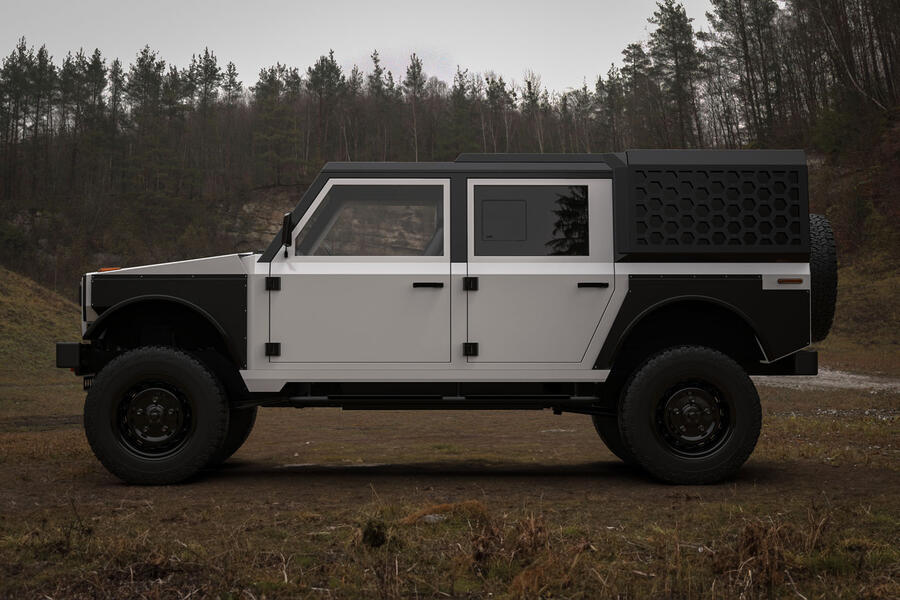
Inside, attention has been paid to the Mk1’s ergonomics with the addition of an adjustable steering column, as well as enhanced rake and height adjustment for the driver’s seat.
As originally planned, the Series-M will be offered as both a hard-top 4x4 and a pick-up truck.
Munro claims to have paid reservations and sales agreements for eight ‘pilot’ examples of the Series-M scheduled for production by the end of 2023, in addition to 221 further vehicles between 2024 and 2025.

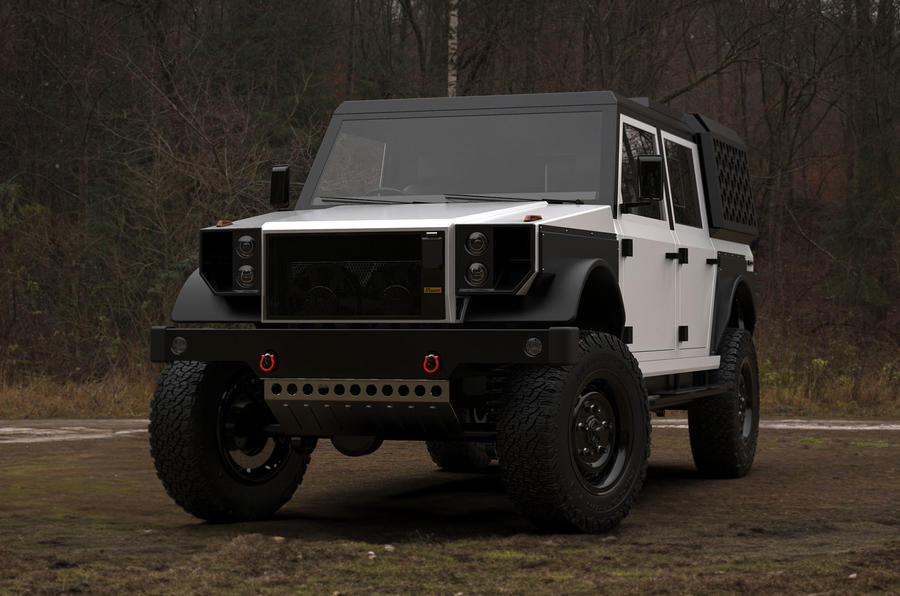
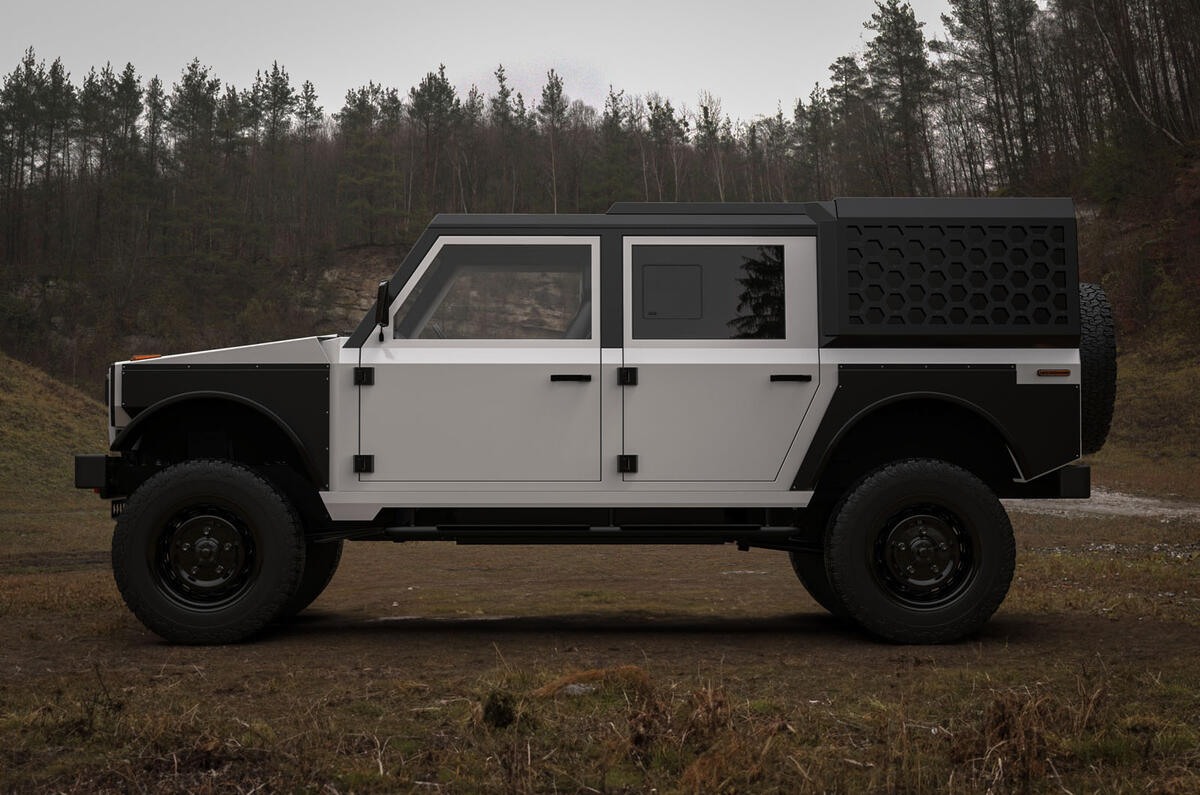
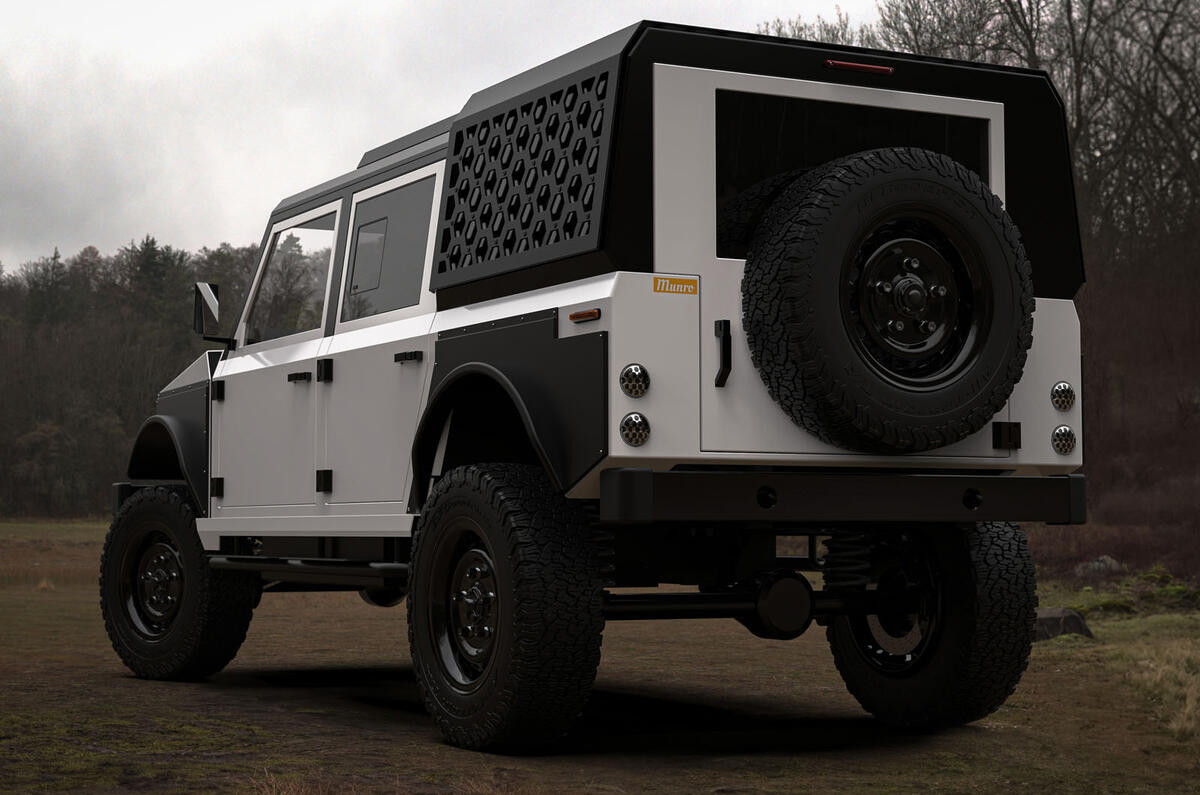
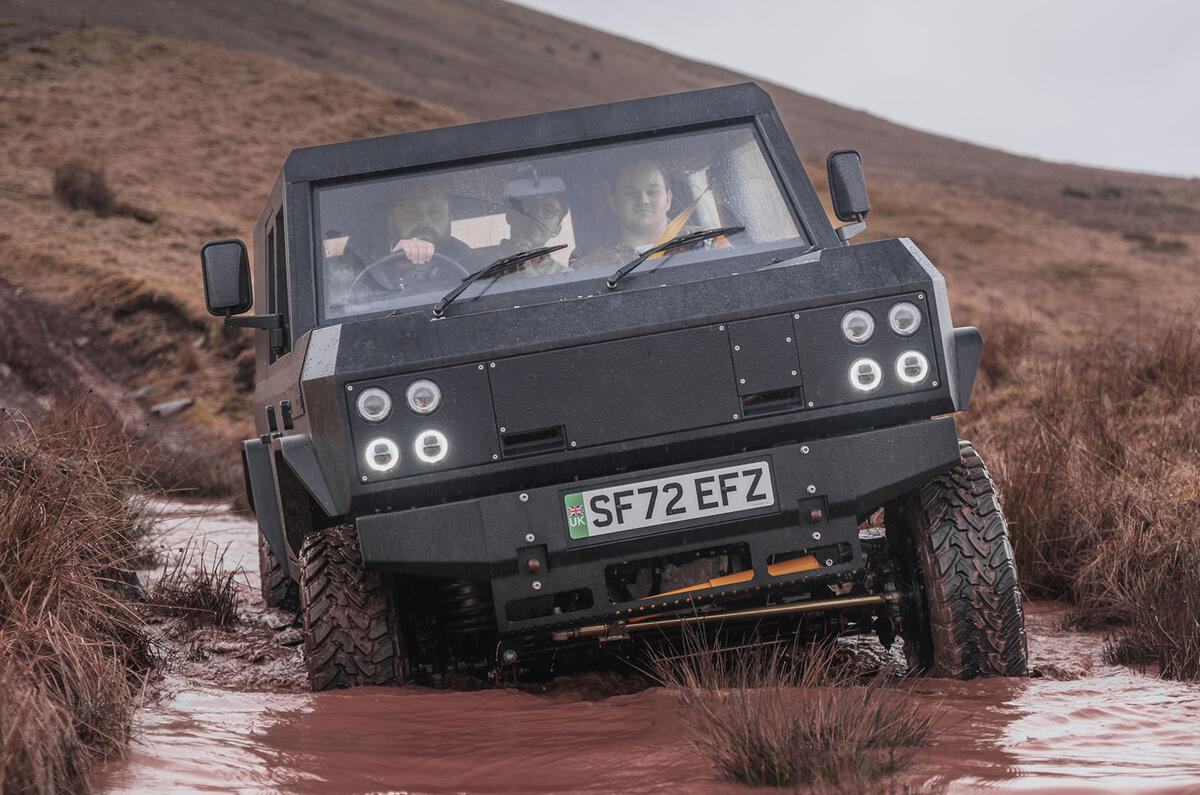

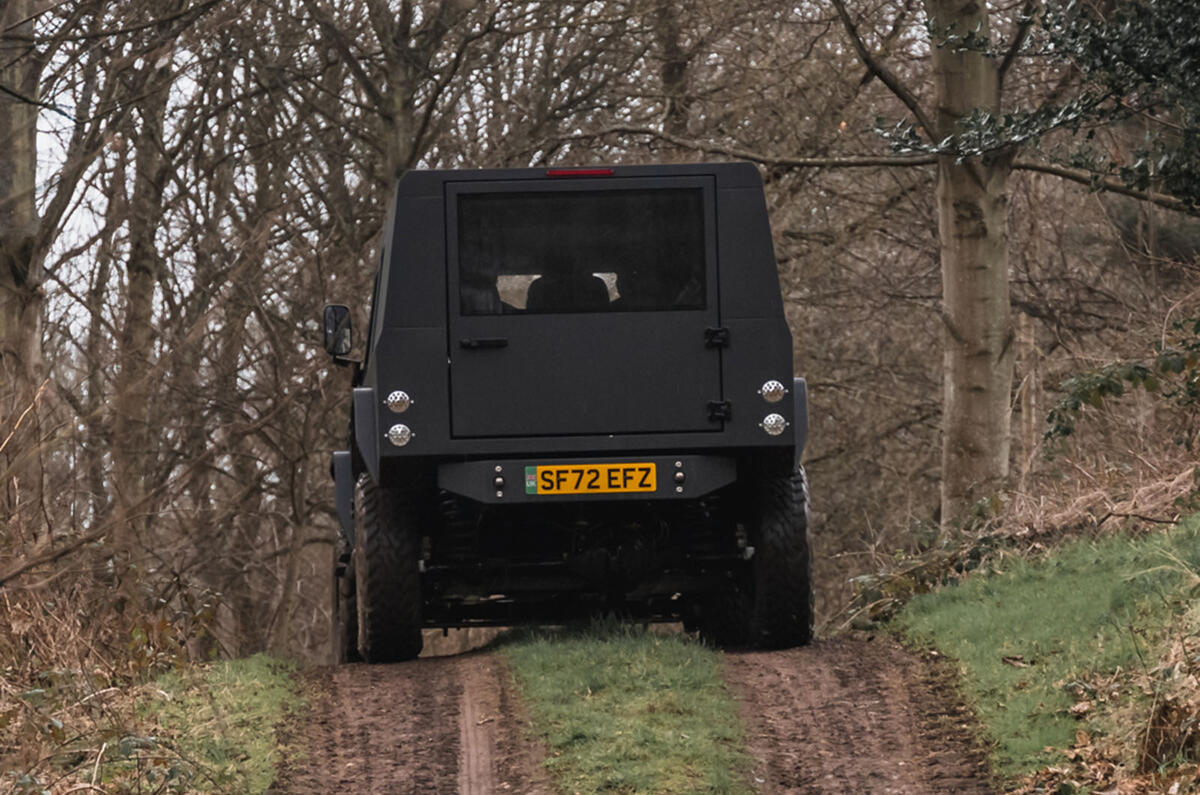

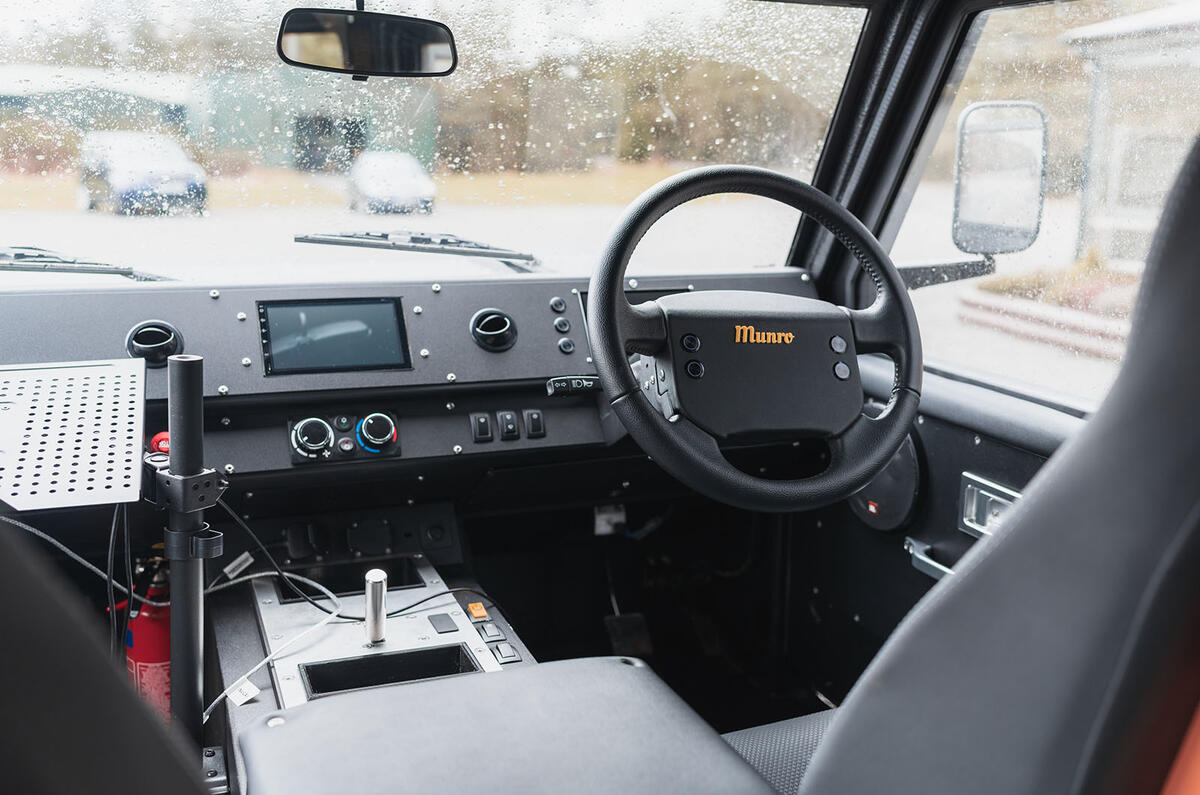



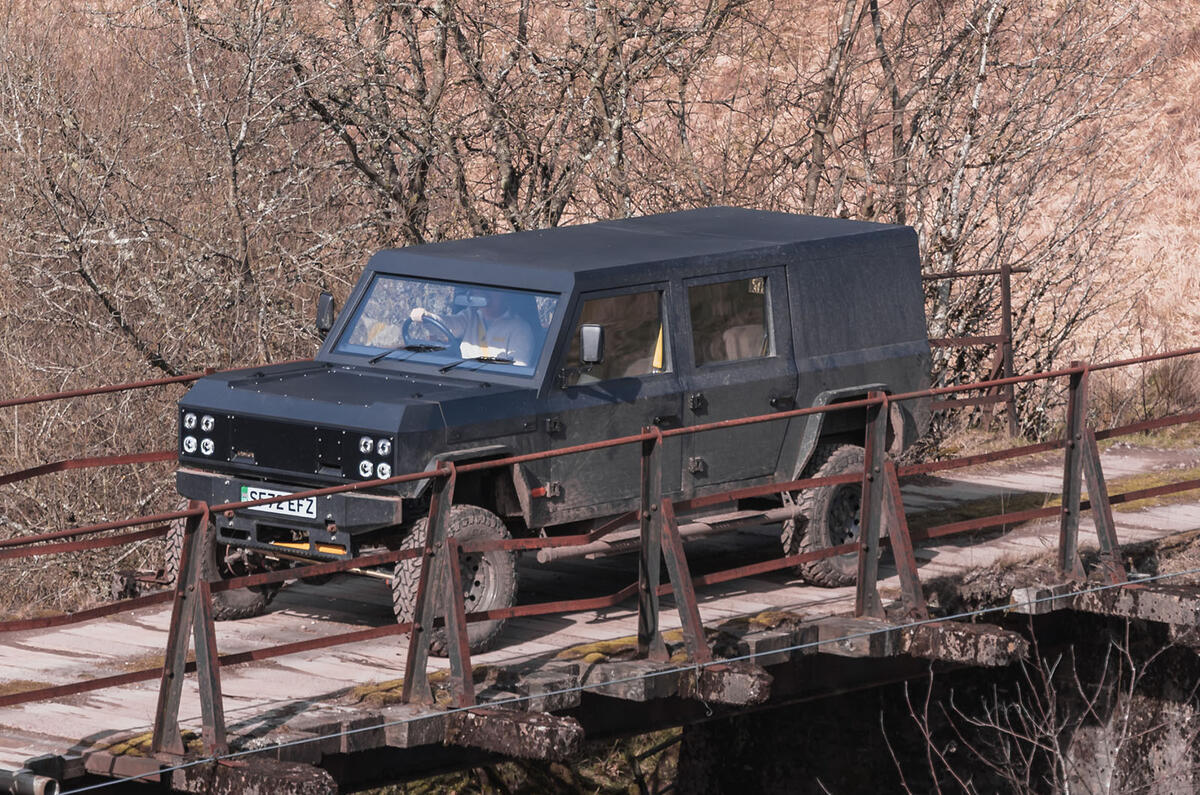



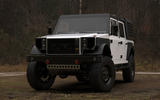


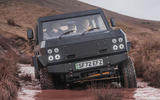












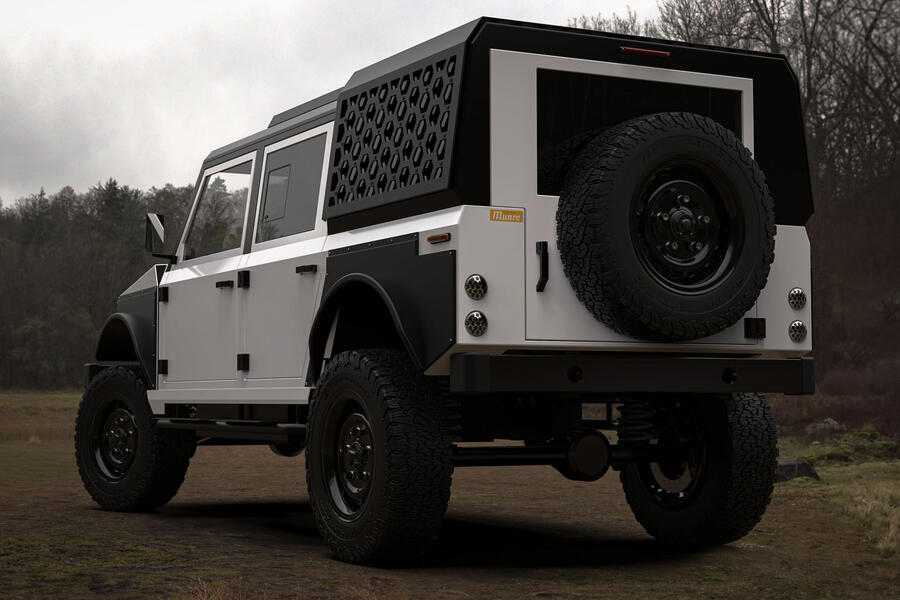
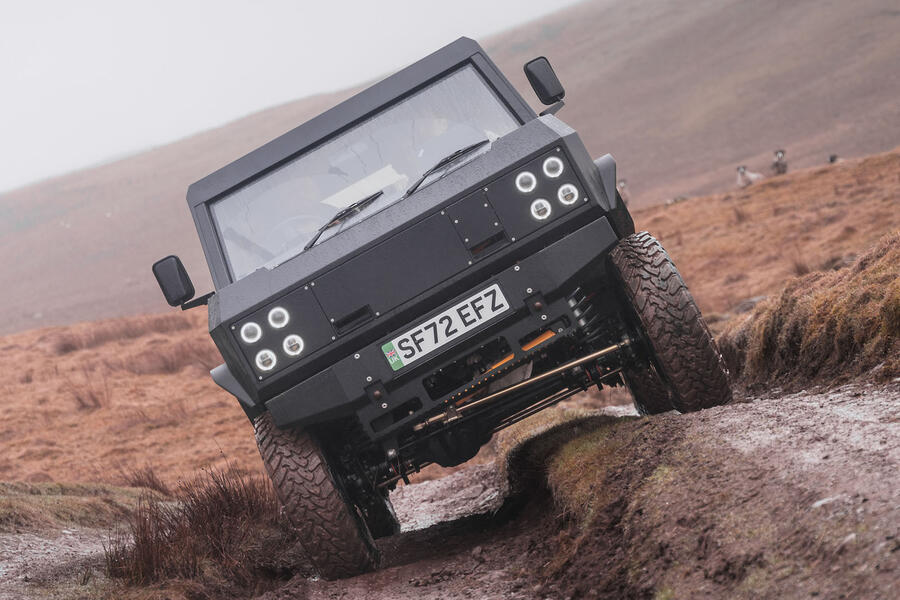
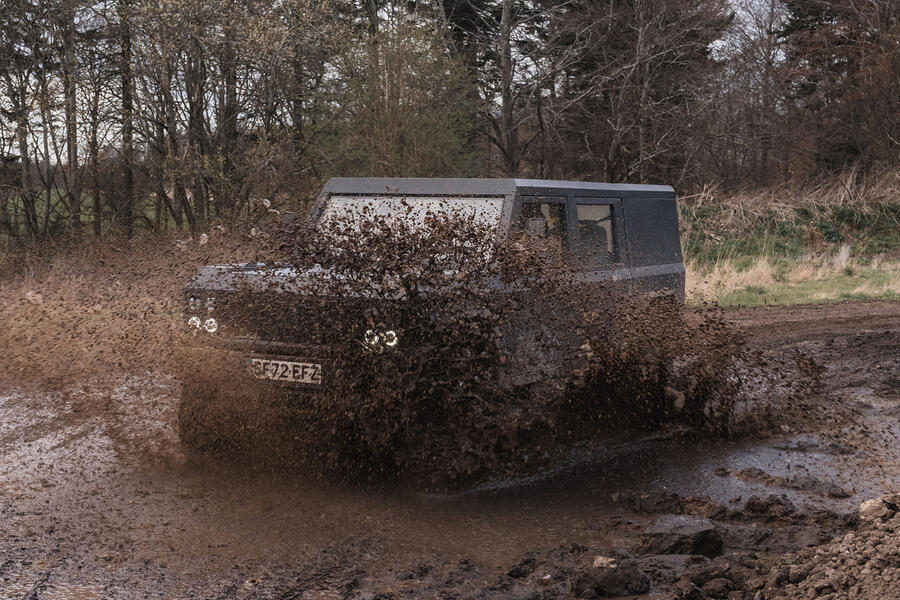
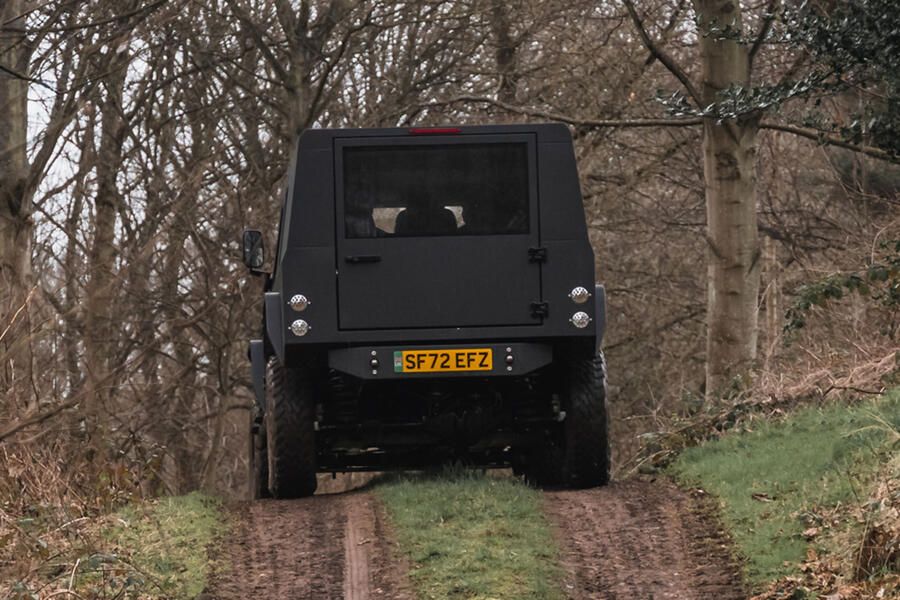
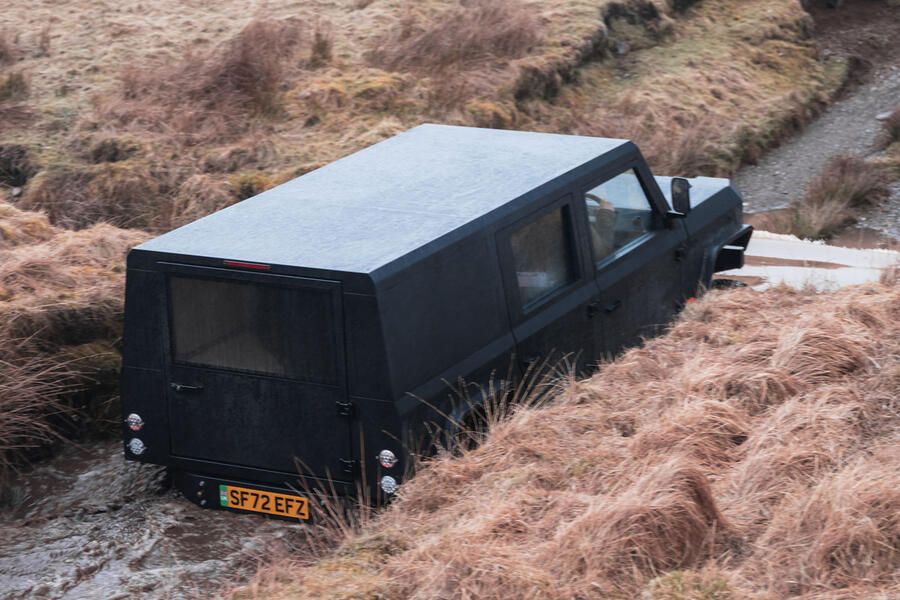
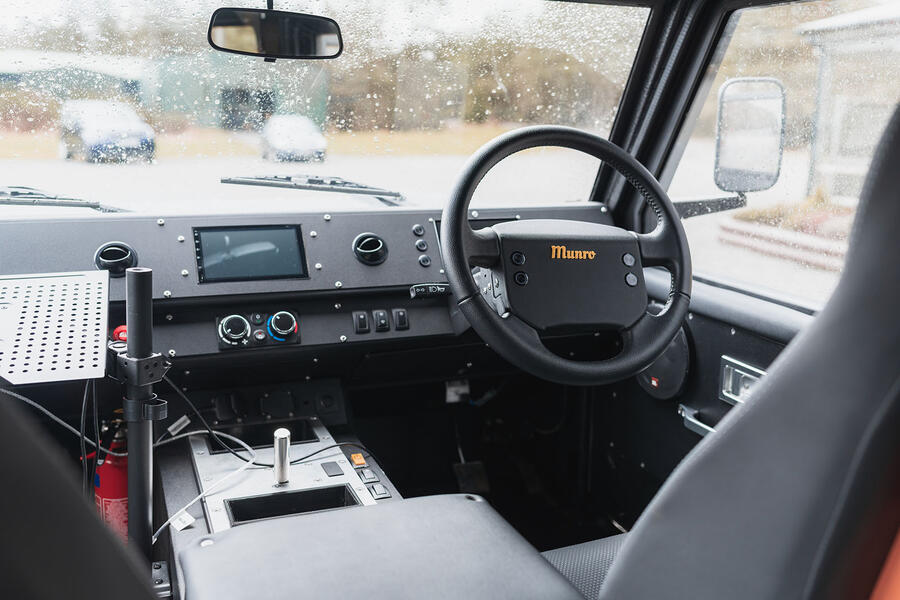
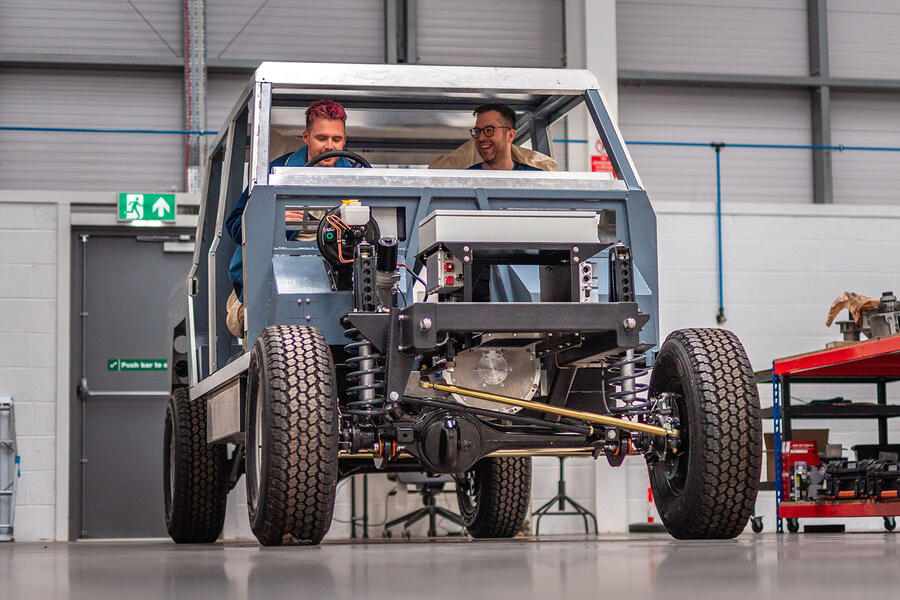
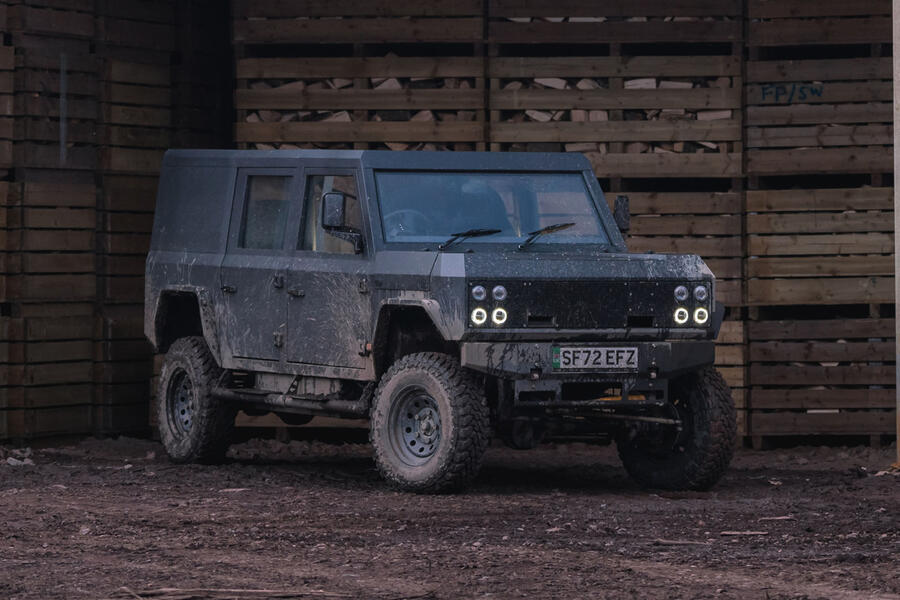





Join the debate
Add your comment
It's so crude looking and ugly though. It looks like it was designed to be shipped flat-packed. For those reaosns alone this will be a very niche player. Jeez, hire a designer next time.
The Munroe prismatic shape makes it an ideal hearse (see bottom photo), but who needs 4WD for a hearse?Therefore, it is ideal for smuggling whiskey bottles over the border.